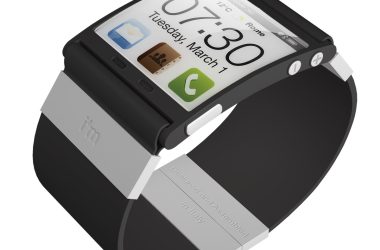At a glance it looks like a shrunken hard-drive from your laptop. Named the âRaspberry Pi’ â it is in fact one of the latest gadgets currently sweeping the world. But what is it and what does it do?
The Raspberry Pi is in fact a miniature credit-card sized computer. It has the processing power to handle many things that your PC can do. It can be used for writing documents, playing games, accessing the internet and even watching hi-definition video.
You can plug it into a TV and use it to watch movies or create your own console. You can plug into a computer monitor and create your own programmes. You can even use it to create robots (which many users have done).
The miniature computer was originally developed to help give people a better understanding of programming and hardware, inspired by the 1981 BBC Micro. With computing becoming more and more advanced and every aspect of our lives becoming more and more reliant on this form of technology, more and more people will need to be educated in computing. But learning such skills on with average can be a steep learning curve and an expensive venture. The Raspberry Pi has solved this by being very learner-friendly and cheap.
The device can be used to learn multiple computer languages, to better understand robotics engineering and to learn how to develop software. Its makers have hoped that it will be adopted by schools as well as third-world communities where the need for computing education is greater.
There are many different models of Raspberry Pi (as this site The Pi Hut showcases), each with their own cost, memory and different features. The most basic model, the A +, comes with a USB port (allowing you to plug it into a screen) but no Ethernet port (no internet). Other models provide extra ports and capabilities.
That said, those with ambitious pioneering computer-building plans won’t get far with a pi. This device is aimed at affordability and basic functions, carrying the graphics capability of an original Xbox. The processing power is less than your average desktop computer â those who have forgotten the speed of computers around the turn of the millennium may grow impatient. Its optional camera extension meanwhile can only extend to 8 megapixels and it does not support complex software such as VGA and Android, so I wouldn’t plan on building a smartphone out of it.
However, as playful tool, it may revolutionise the average person’s gateway into understanding computing. It’s essentially a hard-drive with ports â offering limitless opportunities. It is also not bounded by any of the big brands â whether you’re a Windows user or an Apple operator, you can get to grips with a Raspberry Pi. Â Rather inspiringly, the company was set up as a charity. Consequently, you can buy a Pi without feeling like you’re lining the pockets of the next digital corporate giant (and greedy technology investors won’t be able to buy shares either). The Pi has a lot of positive potential.








